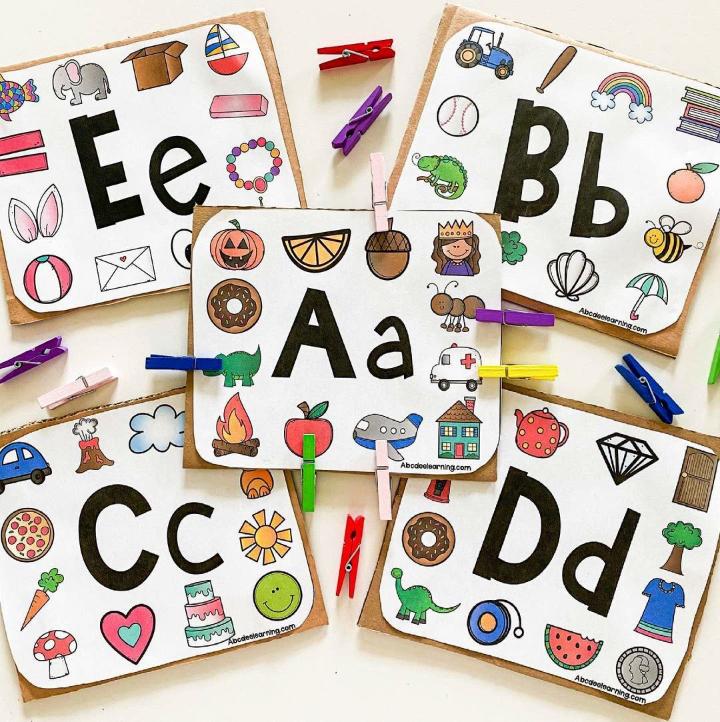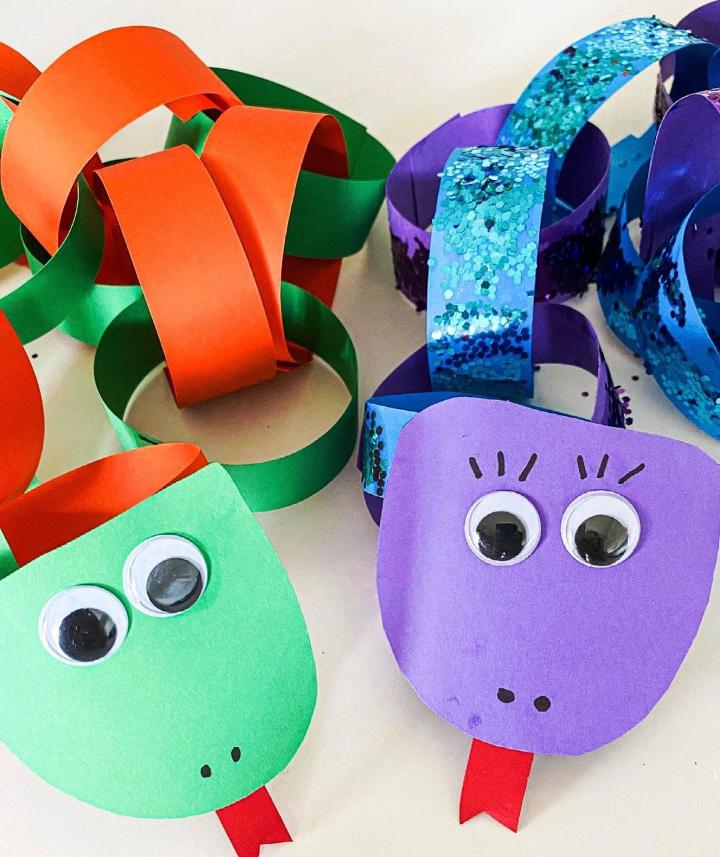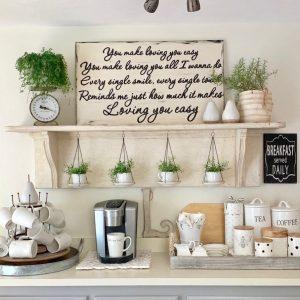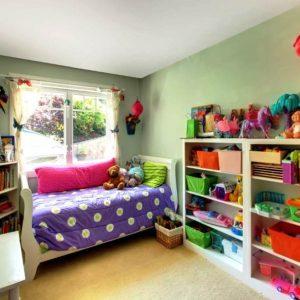Raising a child with attention deficit hyperactivity disorder (ADHD) can prove to be a challenging task. Parents and guardians who care for children with ADHD often must make special considerations in order to ensure their child will be adequately stimulated.
ADHD is a mental health disorder that is associated with higher levels of hyperactive and impulsive behaviors. Those diagnosed with ADHD may also have a difficult time focusing on tasks or sitting still for longer durations of time.
While many people commonly think of ADHD as a disorder associated with children, adults can and do experience ADHD. Children with ADHD may face more obstacles than adults, though, in part because they naturally have more energy, a shorter attention span, and a harder time communicating complex emotions.
The reality of living with ADHD sometimes means managing bursts of energy or finding a way to channel the desire to move into something productive. Activities like arts and crafts are a great way to encourage your child to express themselves creatively or emotionally and are both mentally and physically stimulating.

Crafts certainly aren’t the only way to help calm a child with ADHD, but they’re a versatile and accessible option that can be done just about anywhere. You can even get multiple family members in on the fun!
Ideas for Crafts and Activities
The sky is truly the limit when it comes to craft options, so it can be difficult to know where to start. Below are some approachable, yet still engaging, craft ideas to get you started.
Idea 1: Make a Collage
Making a collage can be a great way to help your child relieve stress and celebrate the things they enjoy. This is particularly helpful for children with ADHD.
There aren’t really any rules when making a collage, which makes it a great project for beginners. There are lots of approaches to take: have your child collect magazine or newspaper clippings, photos, small objects, etc., and use these supplies to create a finished product.
For a slightly more creative way to relieve stress, you can have your child write down some things they dislike on a piece of paper, have them rip the paper into pieces, and then make a collage out of them. You can help them form a more favorable image from the scraps of paper, such as a heart or the sun, to refocus your child’s attention on the good things in life.
Idea 2: Draw Mandalas
Mandalas are circles that contain a pattern within them. The pattern, in Hindu and Buddhist symbolism, serves as a representation of the universe.
Helping your child create mandalas may help them establish a calm demeanor and focus on tasks. It’s easy to find reference images of mandalas online to get an idea of where to begin, but it’s also great to encourage your child to come up with designs of their own.
Explaining the cultural and symbolic meaning of mandalas to your child can make creating one of their own a creative, fun, and thoughtful experience. These sorts of crafts are ones that can easily become life-long keepsakes.
Idea 3: Create Spin Art Paintings
Spin art is a way for your child to create artistic, abstract paintings without making too much of a mess. Spin art takes a smaller amount of time than many other types of painting, which is great for children who struggle to sit still for a long time. It produces fairly immediate results and is a very hands-on process.
To get started, it is likely necessary to purchase a spin art kit. Most kits sold on the market are relatively inexpensive, as are the types of paint that accompany them. These kits usually feature a device that spins canvas or paper quickly so that all the user has to do is drop paint on and watch the magic happen.

Idea 4: Try Circle Weaving
Making circle weaves can be a great time. The action of weaving can prove to be very relaxing for children with and without ADHD. Additionally, weaving can serve as a “fidget” or “stim” for children who need to keep their hands active.
Unlike the other crafts discussed so far, circle weaving does have a procedure that you’ll want to stick to.
You’ll need sturdy paper (like cardstock or cardboard), writing utensils, scissors, yarn, measurement tools, and tape to create this sort of project. You’ll also want to purchase any decorations you’d like to use on the finished product.
Creating the loom itself, threading the loom, weaving, and other steps are all crucial parts of the process. Be sure to seek out videos, written guides, or picture guides either online or at your local craft store for in-depth discussions of how to create the perfect circle weaving.
Because this project is a bit more complex, young children will likely require the assistance of an adult (a great opportunity for parents and children to bond!).
Idea 5: Have Fun With Clay
Clay is a great tool to take advantage of when coming up with crafts for children with ADHD, primarily because it’s so versatile and requires the artist to use their hands.
There are lots of types of clay out on the market, but modeling clay is likely the way to go in this scenario. Modeling clay can be found at most craft or superstores, and it’s often brightly-colored and easy to mold even by hand.
You can encourage your child to create clay sculptures, bowls, plates, jewelry, decorative tiles, and so much more. Once dry, clay crafts can be decorated with paint, markers, or whatever else your child desires.
Conclusion
Getting your child with ADHD involved in creating arts and crafts can be a great way to help them manage their symptoms, emotions, and frustrations. Artistic expression is perhaps one of the best ways to get things out of our minds, and this is true for children, too.
It’s also worth noting that spending time with your child is great for building a parent- or guardian-child bond that is strong, healthy, and fun.
Teaching your child about expression, sharing emotions in a healthy way, and finding ways to use their energy in a way that isn’t harmful or destructive is a lesson that will certainly last a lifetime.

Marie Miguel has been a writing and research expert for nearly a decade, covering a variety of health-related topics. Currently, she is contributing to the expansion and growth of a free online mental health resource with BetterHelp.com. With an interest and dedication to addressing stigmas associated with mental health, she continues to specifically target subjects related to anxiety and depression.




